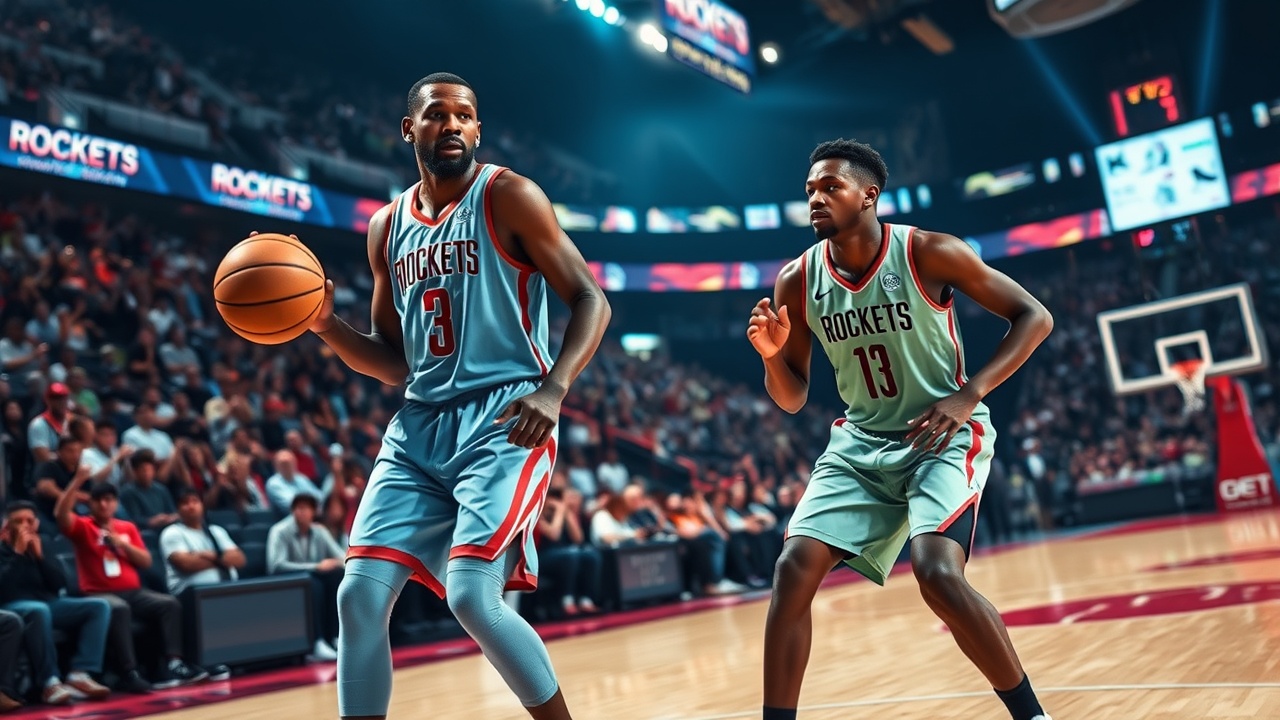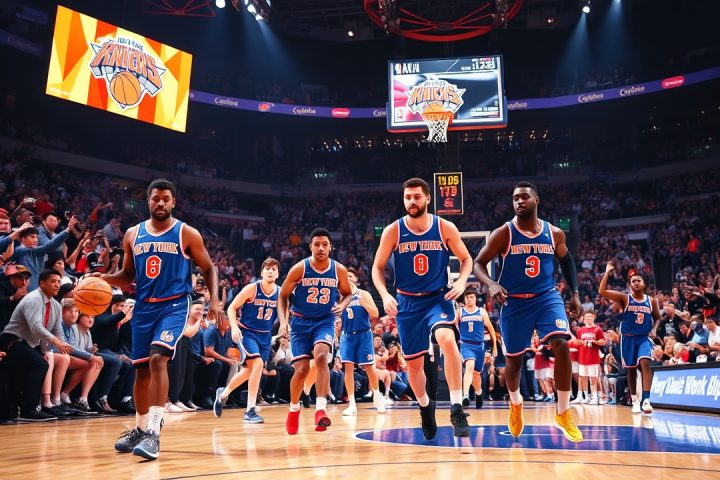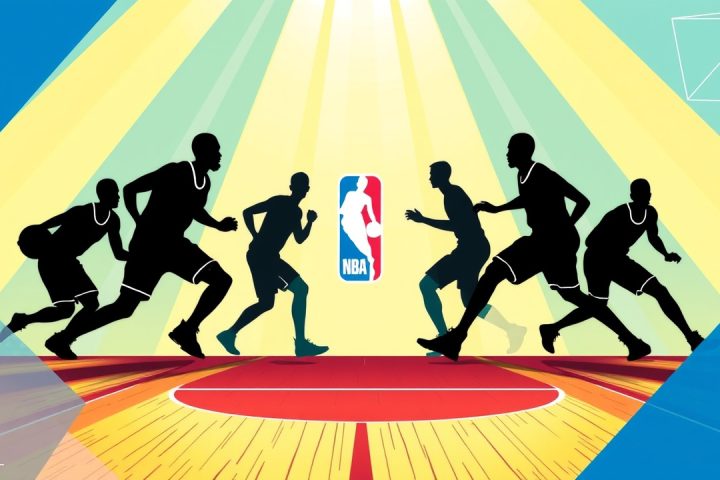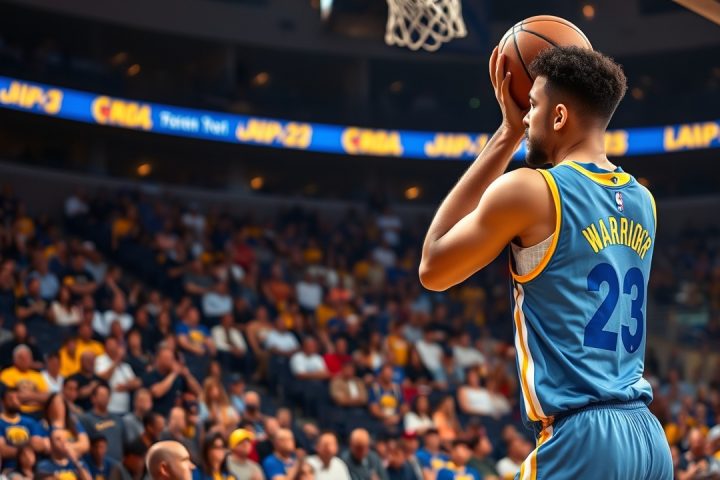Houston Rockets’ Playoff Struggles
The Houston Rockets faced early elimination from the playoffs, largely due to their struggles with spacing and three-point shooting, which were particularly evident in their critical final game against the Golden State Warriors. These issues, stemming from a lack of experience and ineffective offensive strategies, manifested right from the start of Game 7.
In a possessive moment that encapsulated the team’s offensive failures, Jalen Green initiated the play while Dillon Brooks set a down screen for Alperen Şengün, who is not a threat from long-range, especially with his season three-point shooting percentage at only 23.3%.
As the Warriors utilized a zone defense, Houston’s lack of spacing caused the play to break down, resulting in a poor shot attempt, a rebound, and ultimately a turnover.
Offensive Performance Analysis
Overall, the Rockets managed to hit only five of their seventeen three-point attempts during the elimination game, ending with a disappointing 78 points per 100 half-court plays, a stark contrast to the Charlotte Hornets, who had the lowest scoring rate but still averaged 90 points in the same metric.
With a solid defensive foundation already in place, it was clear Houston needed to overhaul its offensive strategy, particularly in terms of creating better spacing and shooting opportunities beyond just relying on offensive rebounding. Integral to this shift will be facilitating trades that could involve key players, like Green and Brooks, both of whom ranked high in three-point attempts and conversions for the team.
New Acquisitions and Future Prospects
The recent acquisition of superstars Kevin Durant and Dorian Finney-Smith positions the Rockets to potentially develop into one of the league’s most lethal offensive teams. Durant’s presence brings an impressive track record; despite challenges in Phoenix last season, he helped the Suns remain a top-tier team in half-court offense. His ability to consistently score and improve team efficiency is expected to significantly elevate the Rockets’ performance.
However, Houston will need to navigate the adjustment period that comes with integrating Durant, whose high usage rate throughout his career could mean fewer opportunities for players like Şengün and Fred VanVleet. The Rockets’ offensive system previously focused on an equitable distribution of touches; shifting to a model that maximizes Durant’s talents will take some acclimatization.
Strategic Adjustments and Coaching Focus
Furthermore, Houston has not traditionally prioritized corner threes, which are generally considered the most efficient outside shots. The coaching staff, under Ime Udoka, has committed to exploring better strategies against zone defenses in their offseason training retreats, aiming to create more opportunities for spacing and shooting.
Finney-Smith also enhances the team’s depth, having previously excelled against Houston as a shooter. His efficiency from three-point range — 42.9% from the corners and nearly 40% above the break — makes him an ideal fit as a versatile 3-and-D player. He can catch and shoot effectively, alleviating some of the burden on primary ball handlers during zone defenses.
Conclusion
As the Rockets aim for championship contention next season, blending the skills of new additions like Durant and Finney-Smith with the existing defensive strengths could finally resolve long-standing issues in half-court execution. With a wealth of talent at their disposal, Udoka’s rotation strategies may result in highly effective combinations on the floor, paving the way for Houston to not only compete but to thrive in the highly competitive landscape of the NBA.




